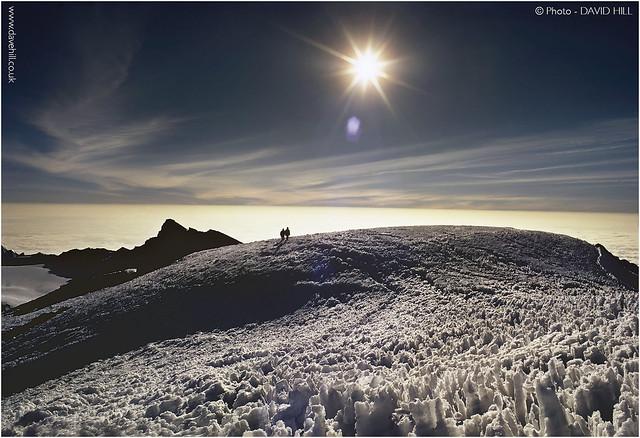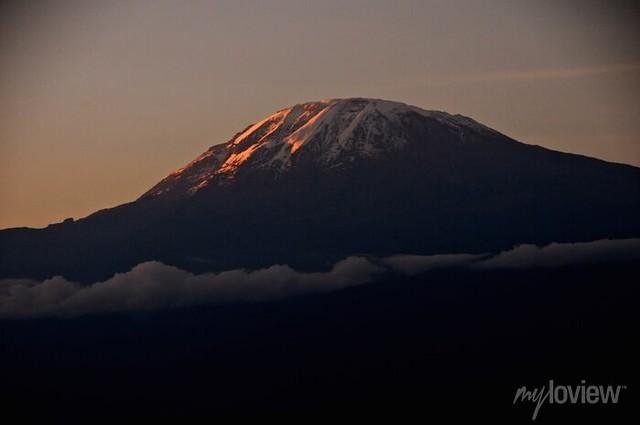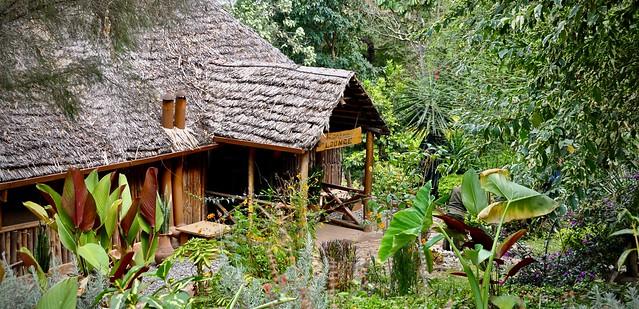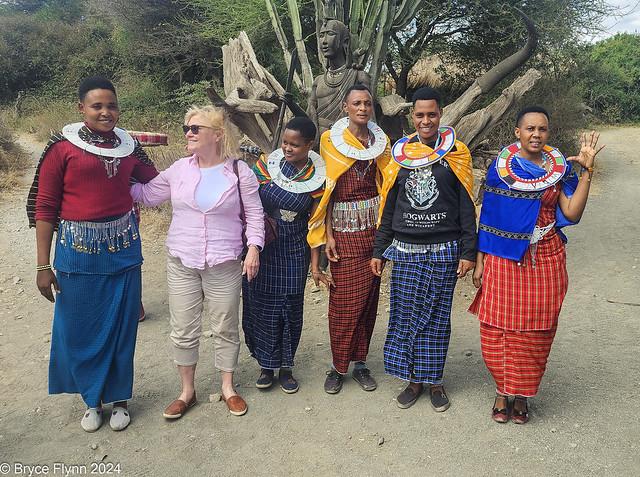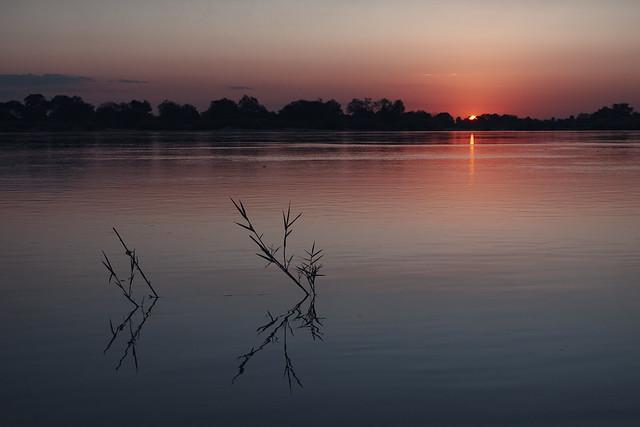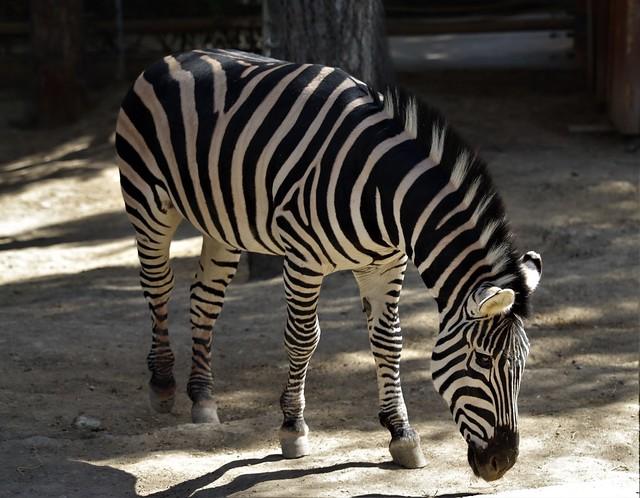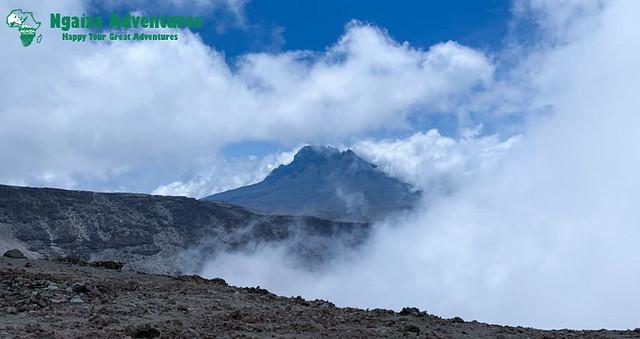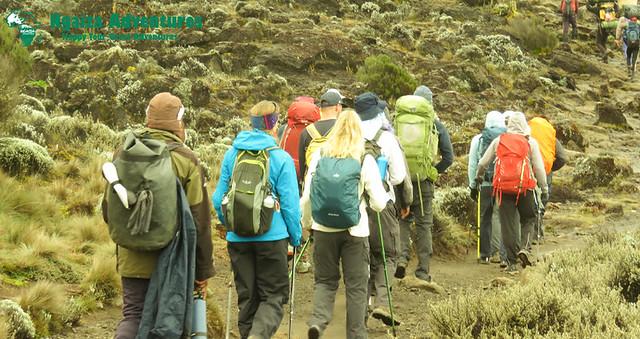Kilimanjaro
Overview
Kilimanjaro: A Majestic Mountain
Rising majestically to 5,895 meters (19,341 feet), Mount Kilimanjaro is not only Africa’s tallest peak but also one of the world’s most iconic mountains. Located in northeastern Tanzania, this dormant stratovolcano is renowned for its breathtaking landscapes, diverse ecosystems, and glistening glaciers. The mountain is composed of three volcanic cones: Kibo, Mawenzi, and Shira, with Kibo being the highest. Kilimanjaro’s unique topography creates distinct climatic zones, ranging from lush rainforests at its base to alpine desert and arctic-like conditions at its summit, Uhuru Peak. This dramatic shift in environment offers travelers an extraordinary opportunity to experience multiple ecosystems in a single journey.
Cultural Richness
The region surrounding Kilimanjaro is home to several indigenous tribes, most notably the Chaga people. Their rich culture is steeped in tradition, with vibrant customs, music, and dance that reflect their connection to the land. Visitors can immerse themselves in local life by participating in village tours, where they can learn about traditional farming practices, local crafts, and the importance of coffee cultivation, as the fertile slopes of Kilimanjaro produce some of the finest coffee beans in the world. Engaging with the Chaga community not only enriches the travel experience but also supports sustainable tourism, allowing travelers to contribute positively to local economies.
Historical Significance
Kilimanjaro has long been a symbol of exploration and adventure. It captured the imagination of early explorers, such as Henry Morton Stanley and Ernest Hemingway, who wrote about its grandeur and allure. The mountain has also played a crucial role in local mythology, often regarded as a sacred place by the Chaga and other tribes. The mountain's significance extends beyond its beauty; it is a vital water source for the surrounding communities. Its glaciers and ice caps are essential for maintaining the region's climate and water supply, making it an important natural resource that is increasingly threatened by climate change.
Atmosphere and Adventure
The atmosphere around Kilimanjaro is one of awe and inspiration. As trekkers ascend the mountain, they are greeted by an array of sights and sounds, from the chirping of exotic birds in the rainforest to the rustle of wildlife in the underbrush. The experience of climbing Kilimanjaro is nothing short of magical, with trails offering stunning views of the landscape, including the vast expanse of the African plains and the shimmering waters of nearby Lake Chala. The climb itself presents a range of experiences, from leisurely hikes through lush vegetation to challenging scrambles across rocky terrain, catering to adventurers of varying skill levels.
Local Characteristics
The towns and villages at the base of Kilimanjaro, such as Moshi and Arusha, provide a vibrant atmosphere full of local markets, restaurants, and cultural experiences. Moshi, known as the "Gateway to Kilimanjaro," is famous for its coffee culture and friendly locals. Travelers can explore bustling marketplaces, sample traditional Tanzanian dishes like ugali and nyama choma, and purchase handmade crafts and souvenirs. The warmth and hospitality of the Tanzanian people enhance the overall experience, making visitors feel welcomed and at home in this beautiful region.
Kilimanjaro is not just a mountain; it is a destination steeped in cultural significance, adventure, and natural beauty. Each aspect of this incredible landmark offers travelers a unique insight into the heart of Tanzania, making every visit an unforgettable journey.
How It Becomes to This
History not available
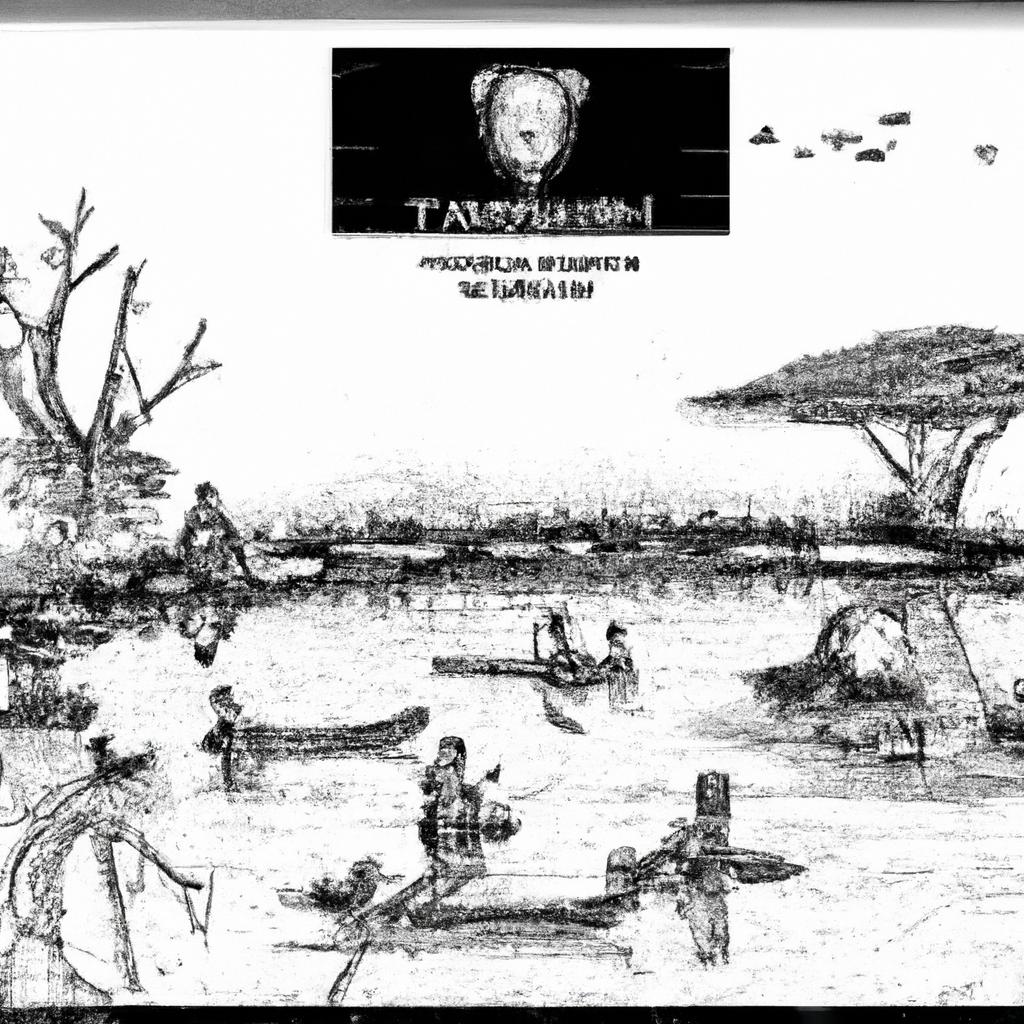
You May Like
Explore other interesting states in Tanzania
Discover More Area
Delve into more destinations within this state and uncover hidden gems.


